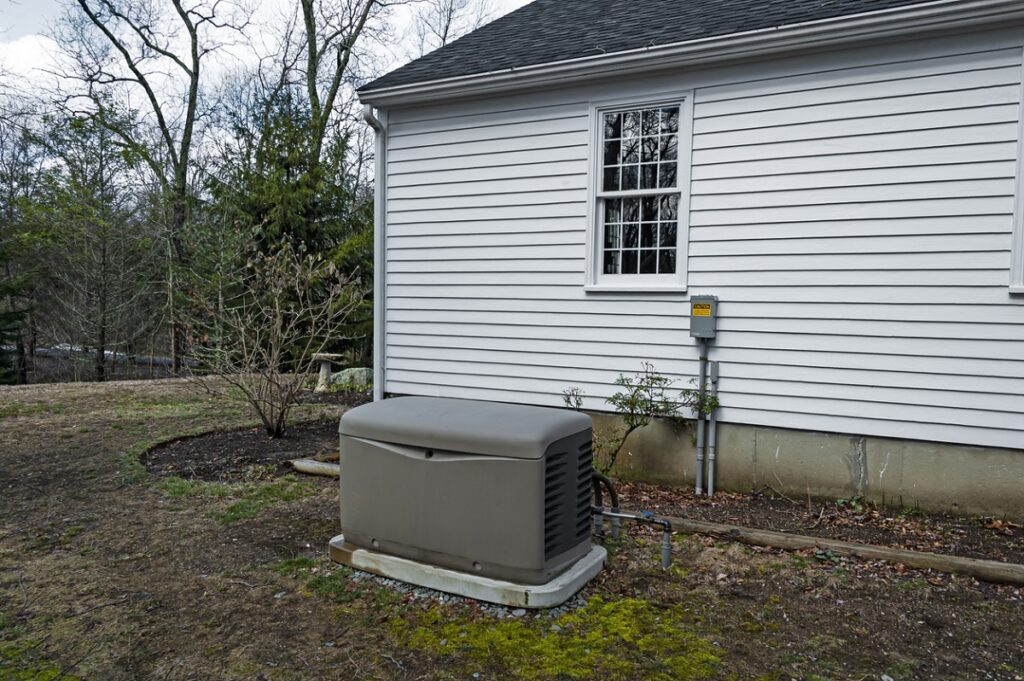During the 1820s, Michael Faraday, a member of the Royal Society of London, performed experiments on electricity based on Hans Christian Oersted‘s and Alessandro Volta‘s work. Faraday was a member of the Royal Society of London and seeking a more accessible alternative to steam power. Despite its effectiveness, steam power had limitations for use in certain circumstances.
In 1831, these experiments resulted in the Faraday generating coil, a groundbreaking development. This device consisted of a copper wire coil wound around a hollow core. A magnetized iron rod would create electricity by movement through the coil. This process would require less space than using steam generation.
Faraday’s coil proved mechanical energy could be converted into electrical energy through movement. This principle is behind the technology used in modern generators, demonstrating the technology’s versatility.
The Rise of Electromagnets
In the mid-1800s, Floria Nollet, a Belgian professor, constructed a machine called The Alliance that used 60 coils and 40 magnets. Although able to provide 50 bolts to power a lamp, the device kept breaking down.
In 1856, scientists discovered that alternating current (AC) could light a lamp. Around this time, a British telegraph operator named Samuel Varley invented a generator that used electromagnets.
In 1864, Henry Wilde documented his process for creating a generator with electromagnets. Wilde’s concept was to use the magnets to produce electricity and generate more with the electromagnets. This process, self-excitation, sends part of the generated electricity back through the wires.
The First Generators
In the 1880s, Siemens, named after German scientist Werner von Siemens, made the first generators using self-excitation. These generators used the Dynamo name, which would be used for over 50 years.
DC was preferred because many believed alternating current (AC) was dangerous. There was also an assumption the excitation process would not work with AC.
When Did Multi-Phase AC Generators Come Into Play?
Nikolai Tesla developed the first multi-phase AC generator and motor in 1887. The motors in these generators are more efficient because each coil generates different current phases.
Once the diode arrived on the scene, self-excitation and AC were able to be used simultaneously. This technology made high amounts of electricity generation possible.
Almost all modern electricity generation comes from the technology Faraday, Siemens, and Tesla devised. Home standby generators make excellent use of this technology and improve upon it, with the generators constantly increasing their capacity.
Having a reliable standby generator can help you keep your power on during power outages. Reach out to Burnett Electric in Reno, NV, for all your generator needs.




